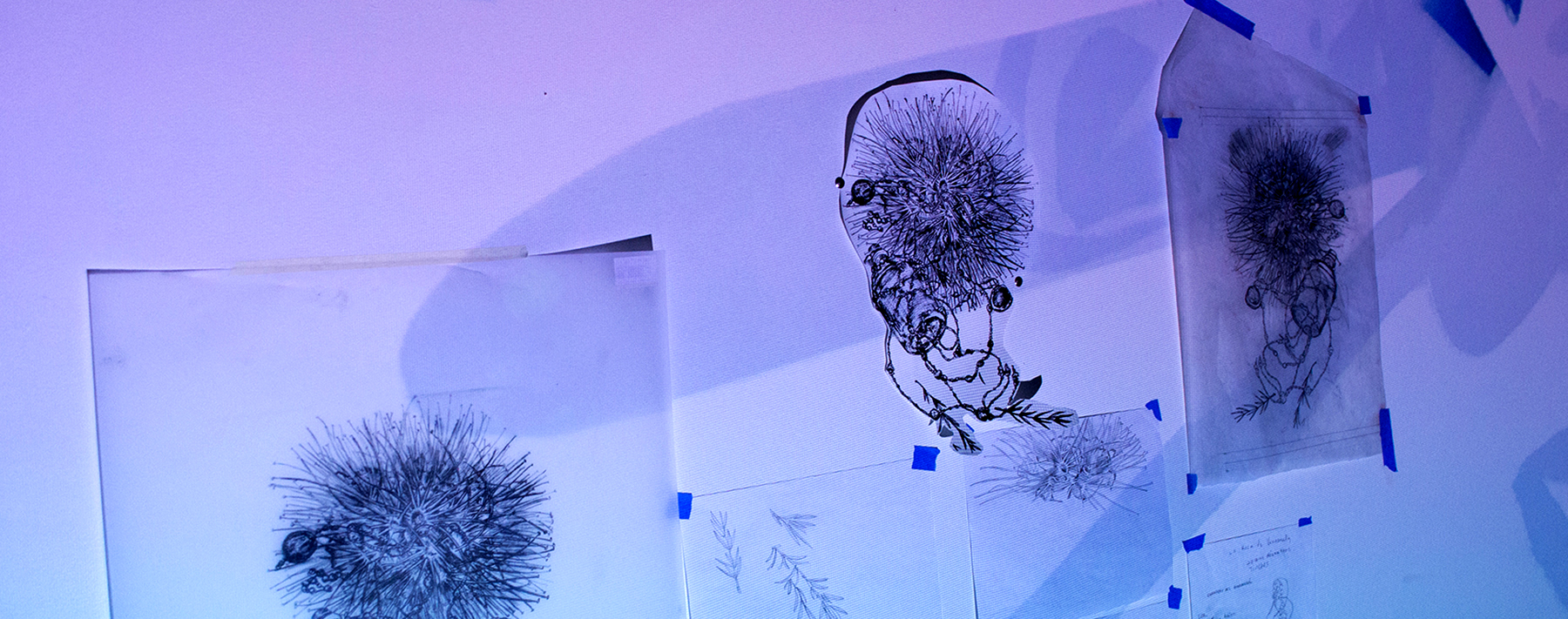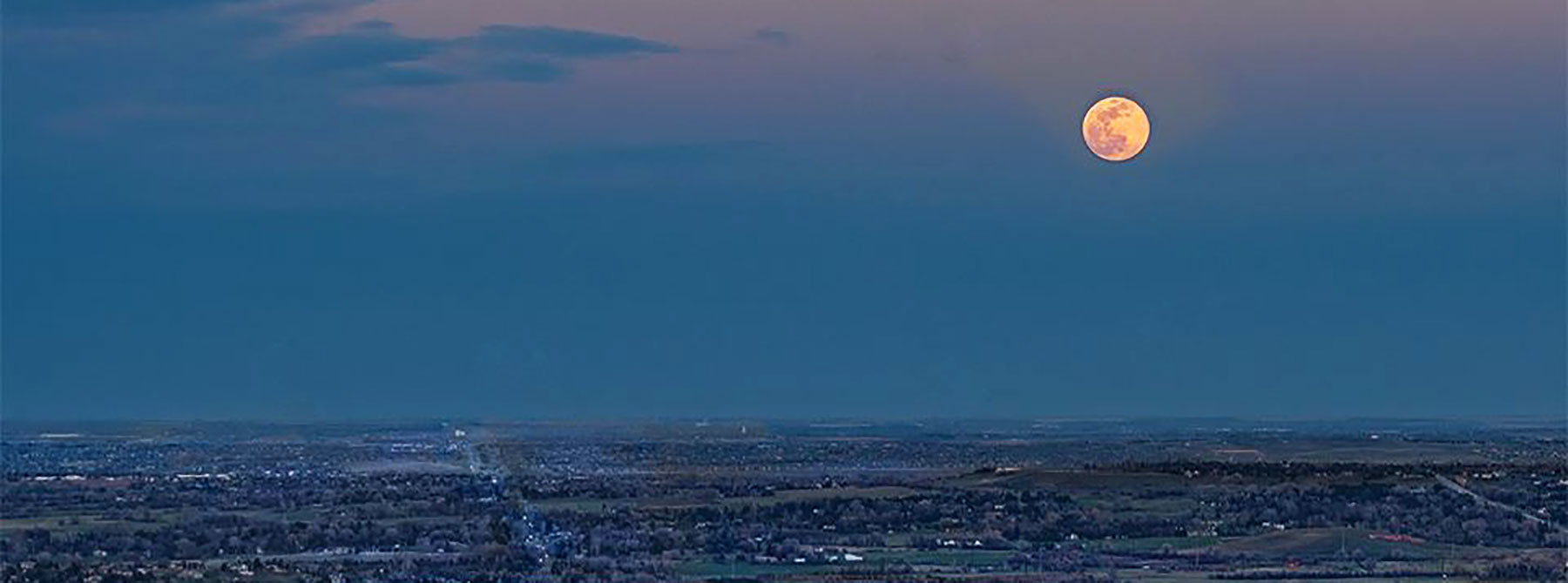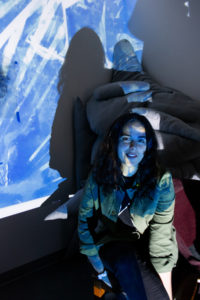
Thinking about cultural, nutrition and survival, Alejandra Abad, an MFA candidate in Integrated Media Art Practices at CU and a native of Venezuela, began creating vessels for holding traditional Venezuelan foods such as Arepas — round, patties made from corn that are sliced in the middle and filled with different kinds of meats, cheese, salads.
Along with making a wooden joint that holds either the wooden vessel or the Arepa vessel, she also carved containers for Harina Pan (corn flour) and salt, the two main ingredients for Arepas.
The Arepa-inspired piece, entitled “La Receta de Mi Mama” (My Mother’s Recipe) references generational survival, as corn remains a symbol of what her Venezuelan ancestors passed down, and is just one way Alejandra highlights the importance of traditional staples that may not be as commonly glorified.
“Most people eating arepas forget where the word comes from, and we forget how many cultures mixed. Venezuela has gone through complex changes and transformations, and the tradition of eating arepas is what most of what has been left,” Alejandra says. “At the same time, it is also rooted in a violent history of colonialism, economic growth, and collapse.”
By using the sculptural elements and ceramics ritualistically, Alejandra hopes to elevate simple practices (such as eating an arepa) to the level of ritual by remembering those who came before and establish a connection to food production.
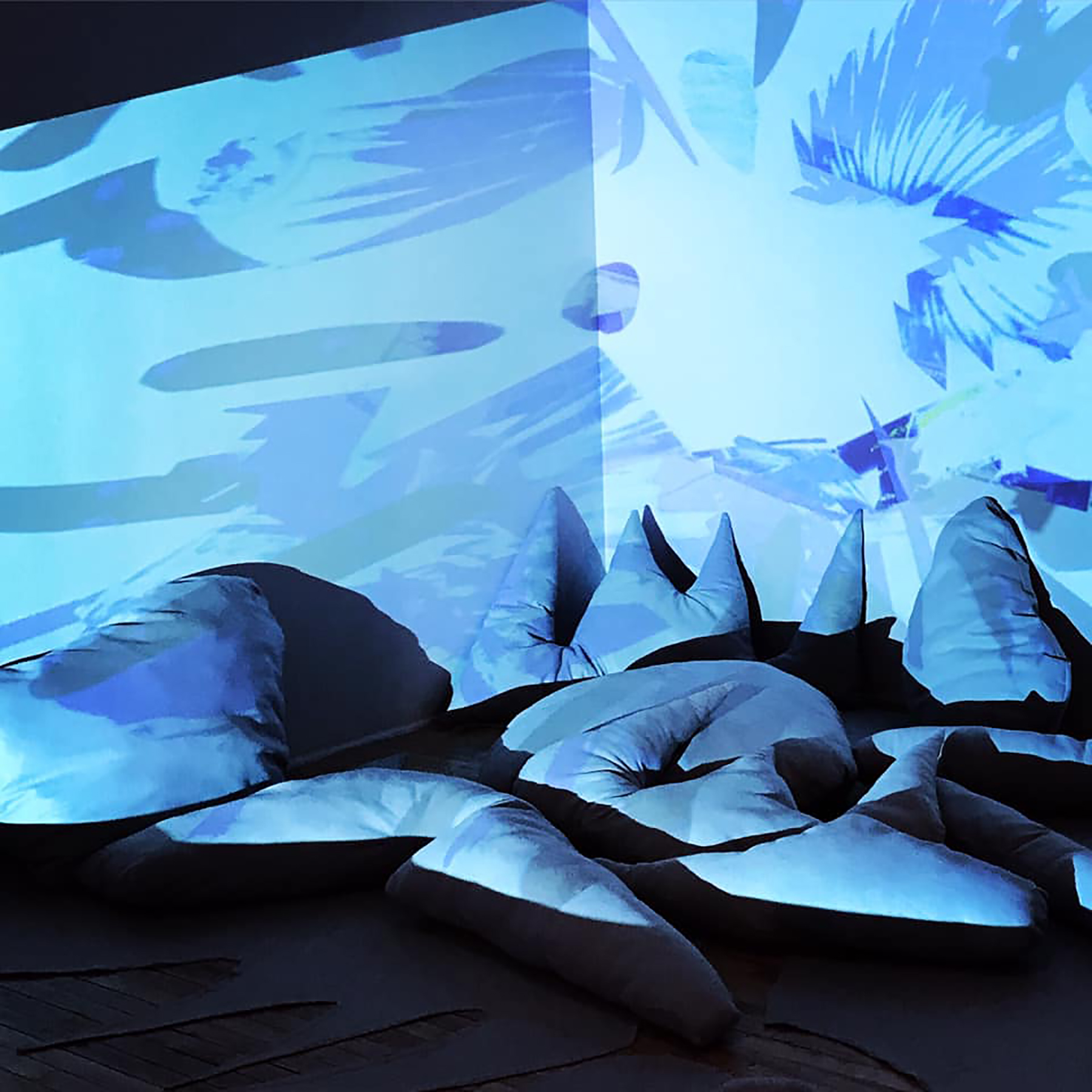
Stories
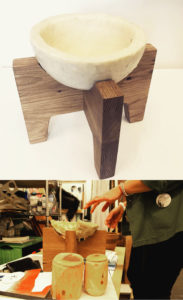
Rather than retelling popular Venezuelan stories, Alejandra bases her work on those not as well-known, highlighting the dusty and forgotten, or things that are about to be lost — the oral stories that never got documented but rather passed under the table for generations. Popular stories get told and retold for years, but other versions always exist, other sides. Alejandra leans into these lesser known tales, finds their magic, brushes off the dust.
The visual elements in Alejandra’s visual work are inspired by iconography in symbolism, nostalgia, and references to these symbolic stories as well as characters within them — how those stories and iconography play a role in teaching stories that are passed down.
“I think a lot of times stories are told to make societies wiser but sometimes they fail when they are for fear or control.”
Alejandra’s practice breathes new life into these stories, like a flower-hunter-healer lithograph narrative sequence that will evolve into an animation based on characters from a deeply rooted Venezuelan folk story (one that historically was a song, dance, and play everyone learned as a child). Through her projects she seeks to inform and remind people where they come from, and of the magic that underlies things passed down.
Through her interdisciplinary practice, she incorporates both analog and digital methods from drawing, printing, video and music in her experimental works, and her installations entice engagement and interaction.
For a long time Alejandra worked for a book publisher in Florida before coming to Boulder, and her job was to create online community. This fueled a desire to start facilitating community in real space, leading to the creation of the giant coloring book she developed with the city of Tamarac, Florida, later used for the opening of new Institute of Contemporary Art in Miami that gave crayons to people to color as they pleased, crumbling the idea that expression is for “artists” and the viewer must only receive. Or the pile of large-scale pillows she created for Museo De Las Americas in Denver as a part of a Group Show called “Liminal Space” that invited people to take a lounge or rearrange as a video was projected right on the installation. Those who chose to hang and play became part of the show, activating new shapes and spaces.
Header image: projection onto drawings, Alejandra’s studio wall. Image: Tatyana Sharpton

